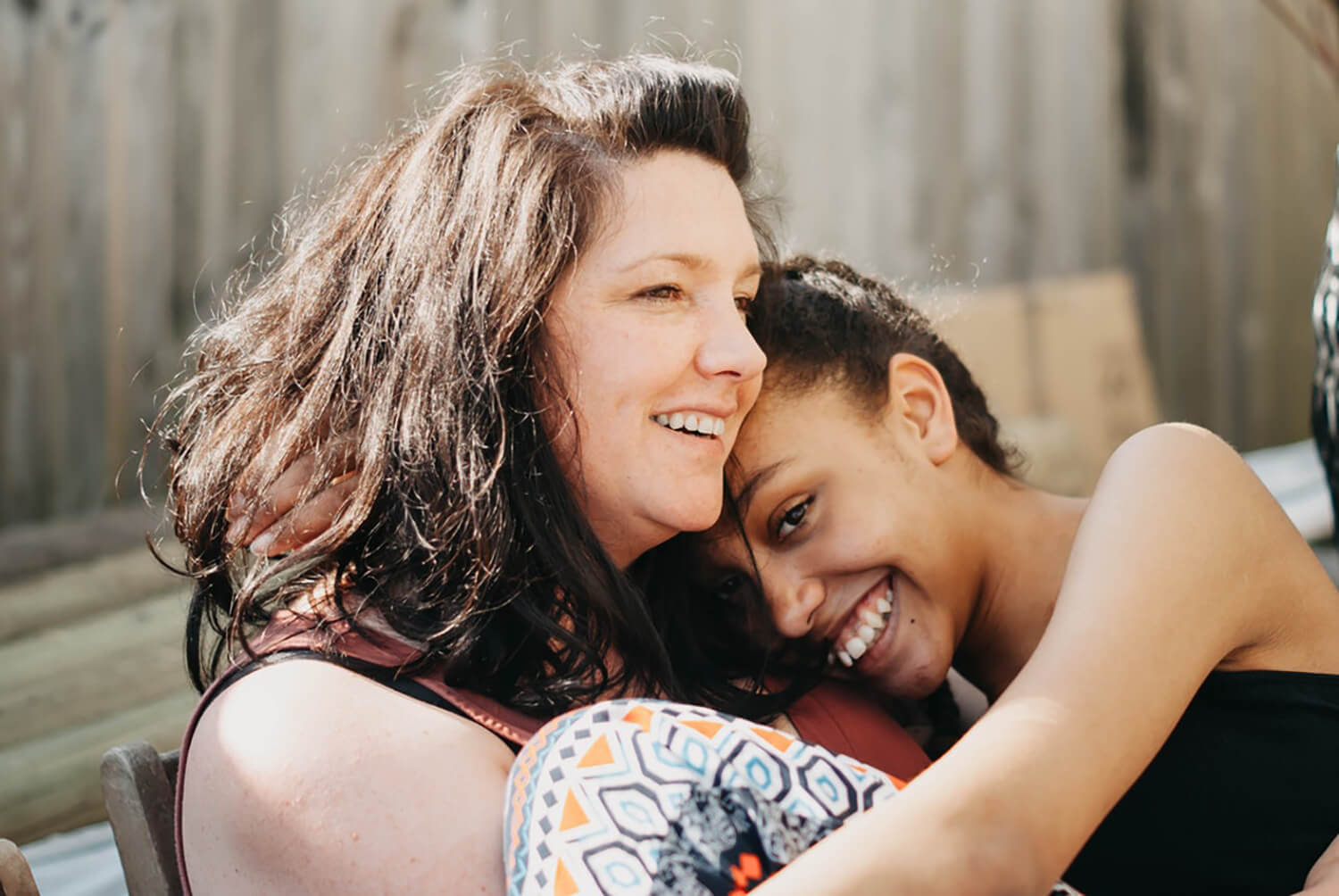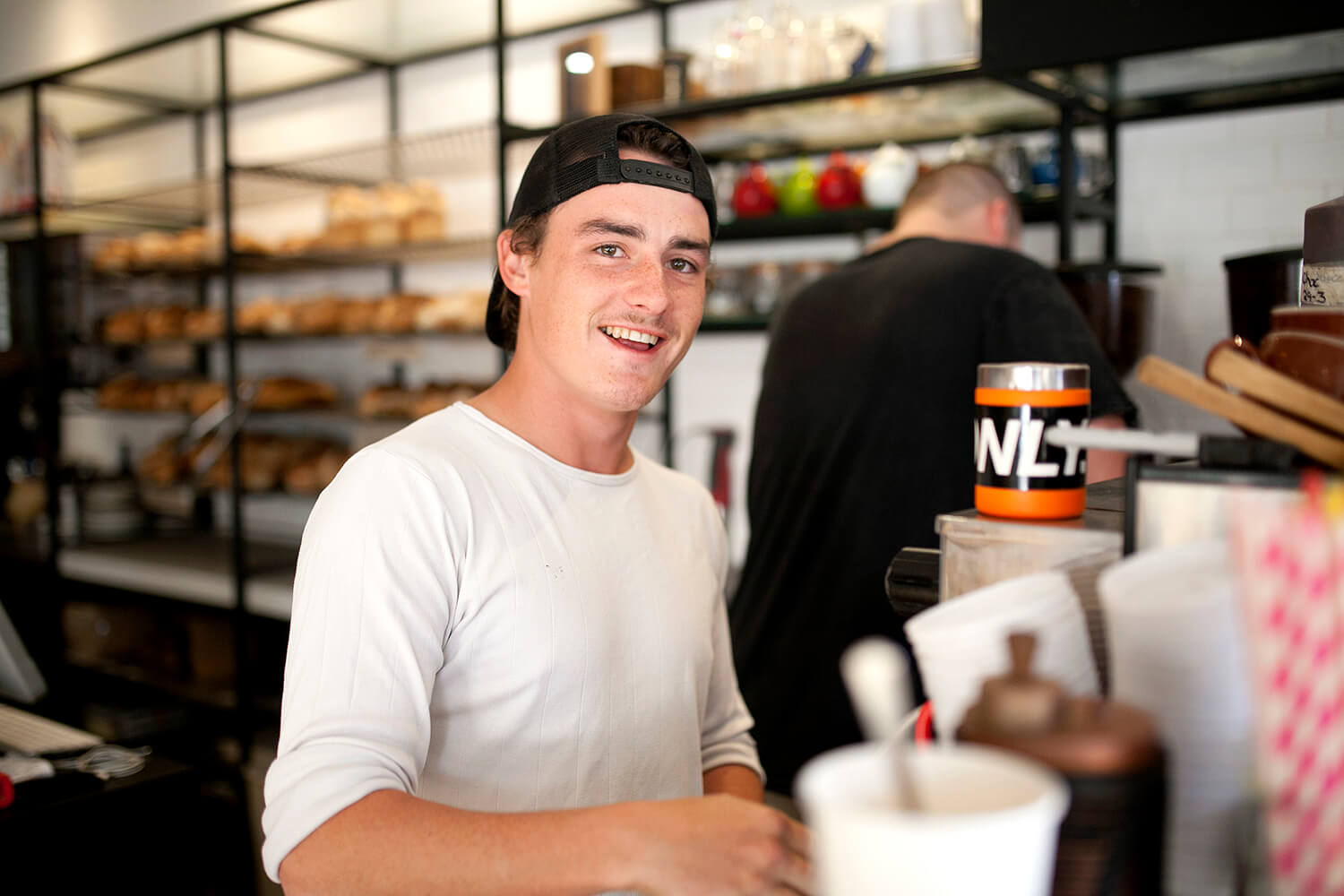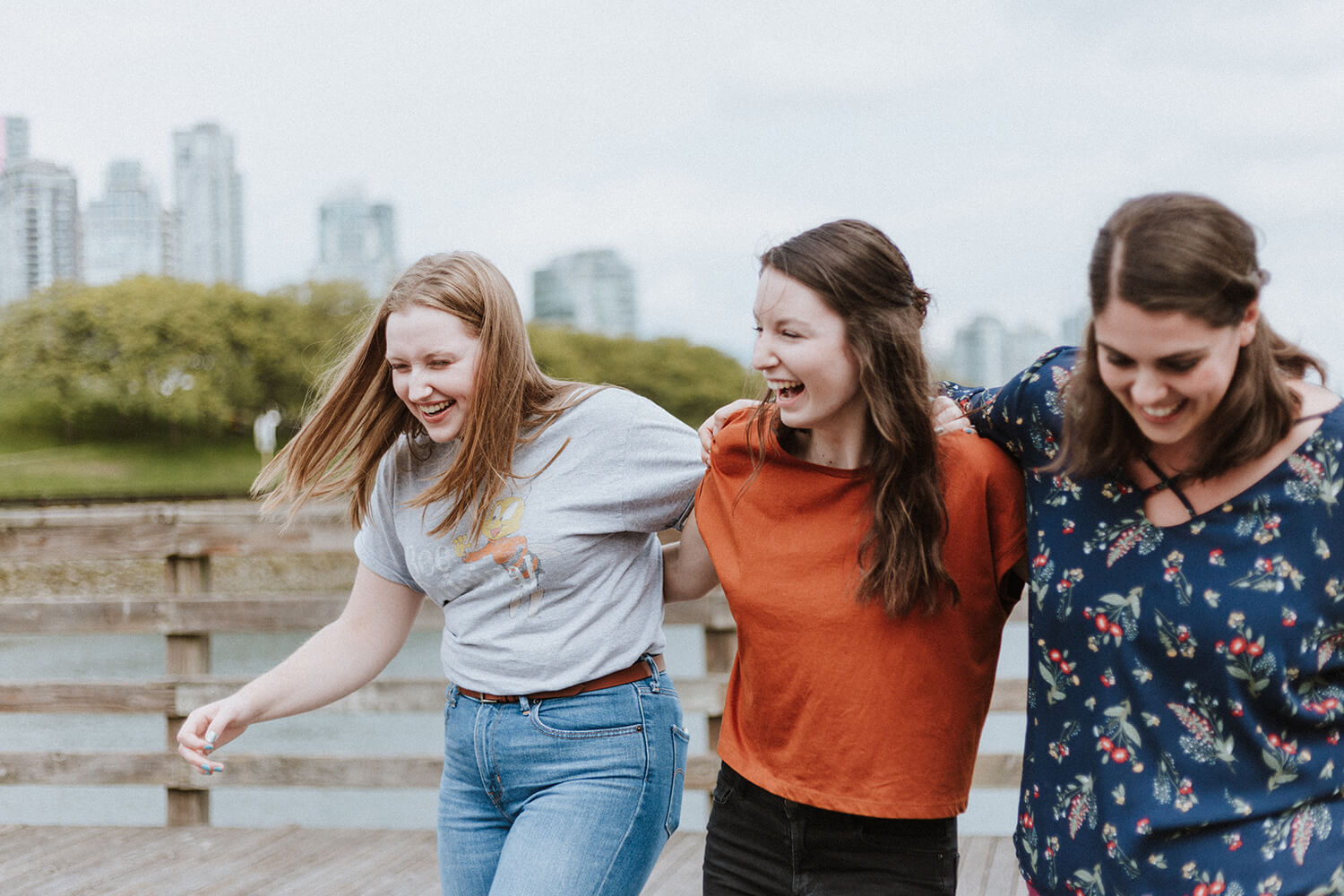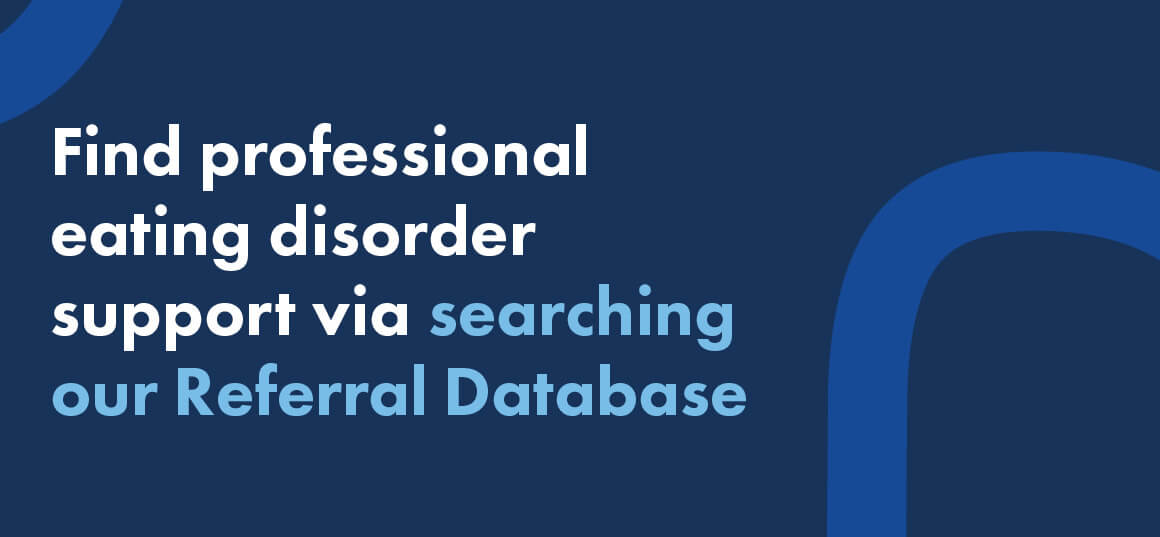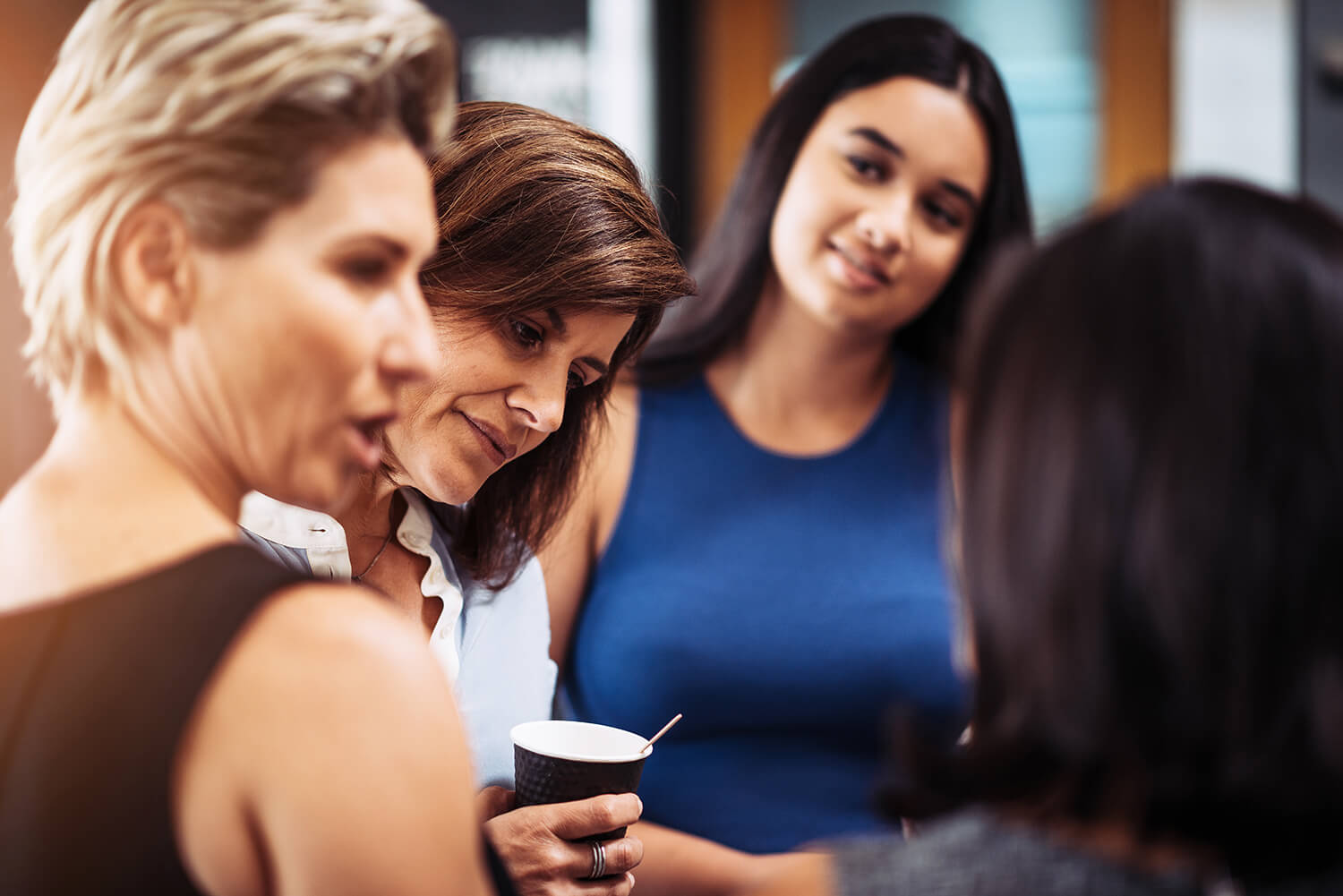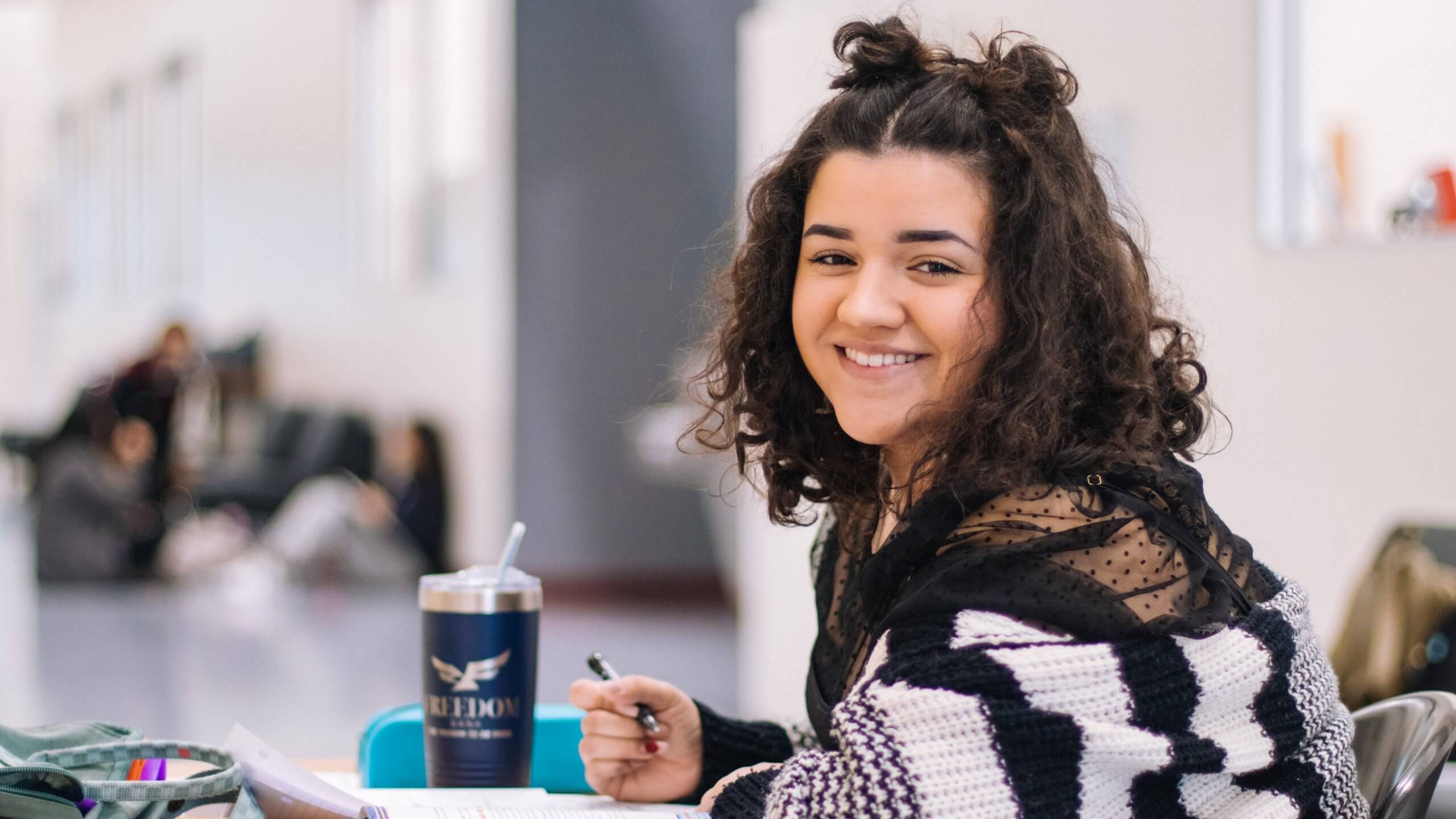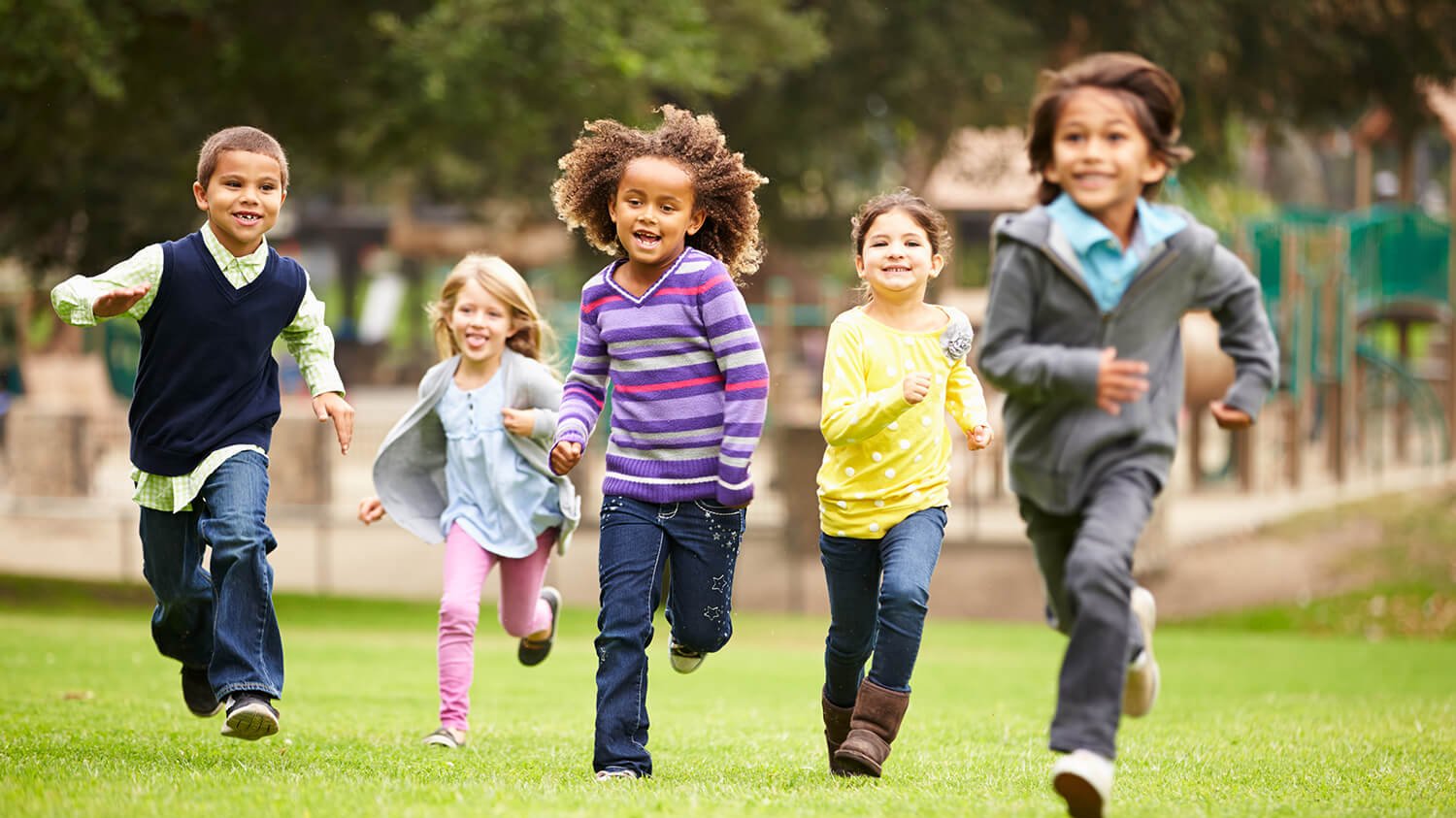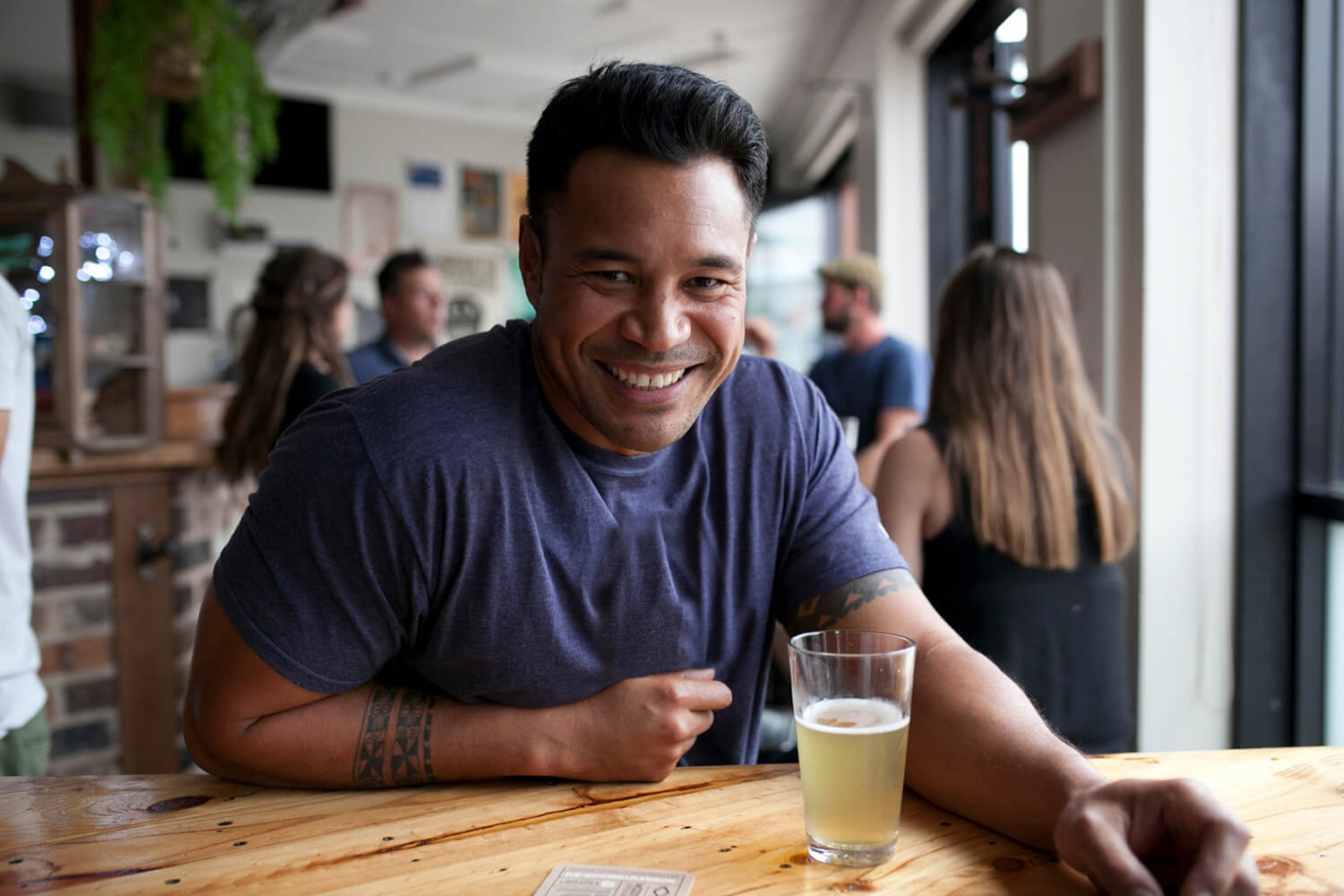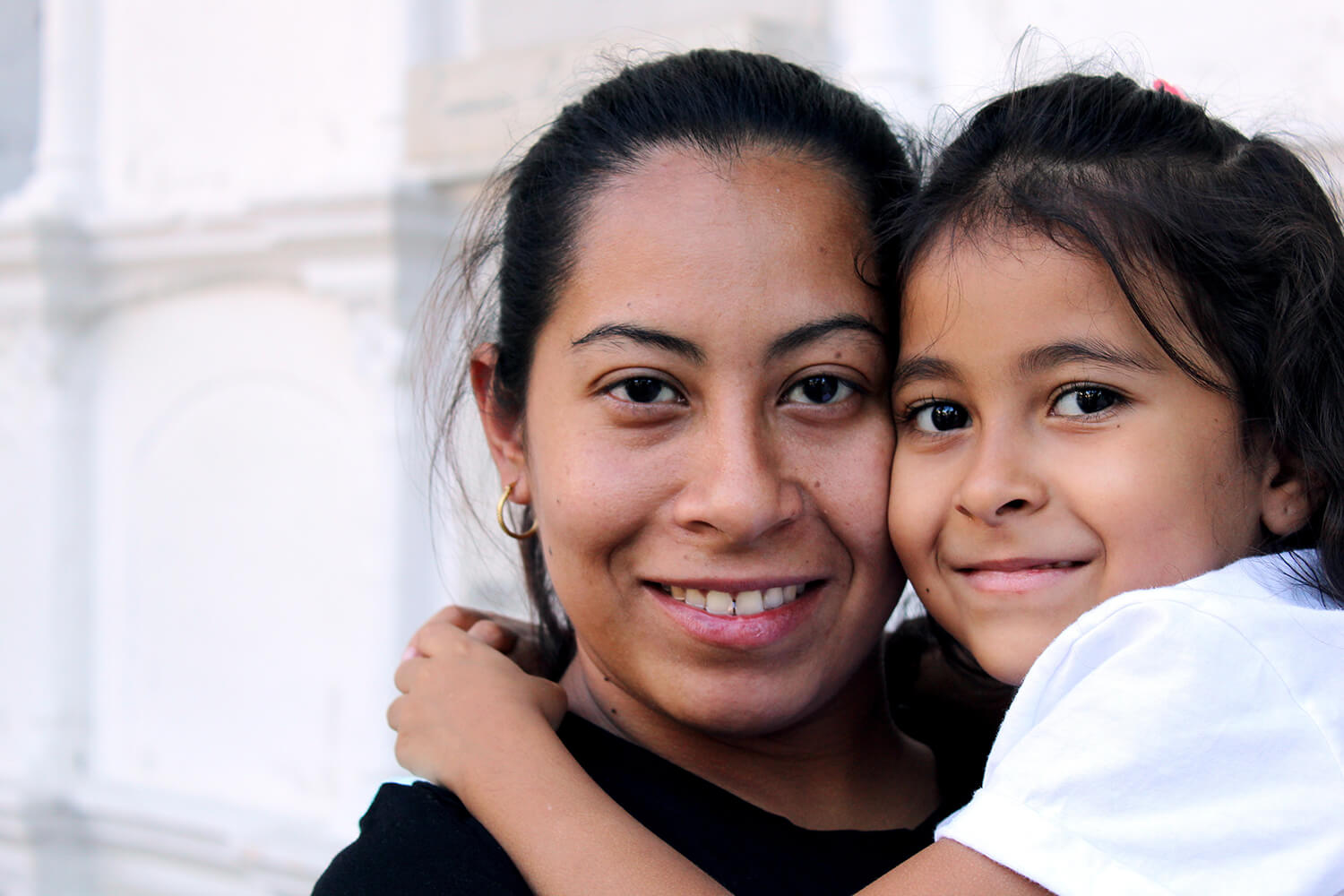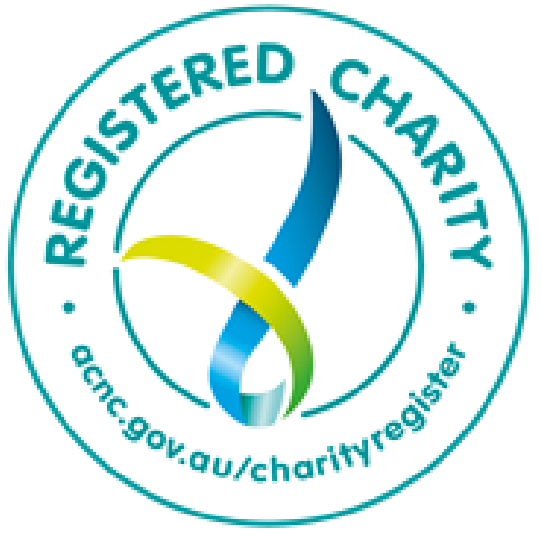What role does social media play in the development of negative body image and eating disorders?
A new parliamentary Inquiry into Social Media and Online Safety has provided Butterfly with a great opportunity to highlight the role of social media and other online spaces in the development of body image.
Written by Butterfly’s Manager of Research, Knowledge and Policy, Sarah Squire.
There is a significant body of evidence documenting the negative impacts of habitual social media use on body image. Negative body image is one of the highest risk factors for engaging in unhealthy dieting and disordered eating patterns.
Body image is determined by many things
With a large swathe of media articles on the negative impact of social media in recent years, it is easy to jump to the conclusion that it is solely responsible for poor body image. However, it is important to consider the range and complexity of social media usage, and how this relates to the individual factors such as the internalisation of appearance ideals, changes in mood, body dissatisfaction and behavioural responses.
Sociocultural factors are also critical in the development of body dissatisfaction, as these begin early in life – prior to any engagement with social media. Weight attitudes form from very early in childhood, and are related to appearance-based teasing, which are linked to the development of body dissatisfaction and unhealthy behaviours. Parental influences are also important in the development of weight stigma, including maternal and paternal behaviours and attitudes towards dieting and weight.
Role of social media
There are two theories which explain how social media can negatively affect body image: comparison theory and objectification theory.
Comparison theory suggests that a predisposition to upwards social comparison (comparing oneself to peers perceived as more attractive or lean) is a precursor to body dissatisfaction. For people with this predisposition, being exposed to or engaging with people on social media is the mechanism through which their negative body image develops.
Objectification theory involves an understanding of dominant sociocultural influences, suggesting that girls and women are acculturated to internalise observers’ perspectives of their bodies. Within a culture where women are sexually objectified, women are socialised to engage in self-objectification. Studies of men and boys have found similar self-objectifying behaviours, with media consumption associated with the internalisation of appearance ideals, body dissatisfaction and the pursuit of leanness and muscularity.
The rise of wellness and fitness ‘influencers’
With high levels of misinformation and stigma – including some well-intentioned but harmful public health campaigns – people experiencing or at risk of experiencing body image concerns and eating disorders are likely to seek information from social media. A growing number of social media influencers offer ‘solutions’ on what followers can do to improve their appearance, body and life. There is some evidence that young people are drawn to the health messages of influencers in preference to the advice of health professionals.
Children and young people, and people with low media literacy, may not understand that opinions on ‘healthy lifestyles’ may bear no resemblance to evidence-based health advice. Exposure to this content can be harmful if the information relates to eating, nutrition, and exercise.
Influencing the influencers
While research has established a relationship between types of social media engagement and poor body image, online environments can alternatively provide positive opportunities. These include improving access to mental health services, enabling positive connection among peers, and operating as sites of resistance to harmful narratives (such as diet culture and weight stigma discourses). The body positivity movement is one example of the way in which online environments can be used to improve awareness of body diversity, reduce stigma and create a community of support.
Butterfly seeks to influence across several social media platforms, producing alternative social media content on a weekly basis to share with our 140,000+ supporters on social media, in addition to working with print and broadcast media. The content that Butterfly produces and distributes offers alternatives to the dominance of appearance-based approaches to representation of bodies, eating and movement. Follow Butterfly’s social channels to view this content: Facebook, Instagram, LinkedIn, Twitter, YouTube.
Butterfly also works proactively with companies such as Instagram and TikTok, providing feedback and advice on ways to mitigate the potential for harm on their platforms. Butterfly has an ongoing partnership with Instagram, including collaborating on campaigns such as #OwnYourFeed (2018) and #TheWholeMe (2019), which support positive use of social media.
We also directly engage with organisations and media outlets who produce or disseminate material which we deem harmful to the community in order to educate as well as advocate for the removal of triggering content.
Where to from here?
Steps have already been taken some in the industry to create safer online environments for those at risk of developing body image concerns of eating disorders, and Butterfly will continue to work with social media platforms to make them safer spaces for the communities that we serve. There is significant scope for improvement, however any changes to the regulation of online environments should build on progress to date and incorporate careful examination of the evidence base in relation to what works.
Recent developments in the UK in response to their recent parliamentary inquiry into body image may be useful for consideration in in the Australian context. These include the addition of body image and appearance-related bullying to online harm legislation, a strengthening of government oversight of actions being taken by social media companies, and collaboration with industry on innovative online solutions (for example, trialling ways to interrupt the negative cycle which can develop when higher social media use leads to lower body satisfaction, which in turn predicts higher social media use).
The time is right for a similar national inquiry to be undertaken in Australia, to consider new evidence and the rapid social and technological developments which have occurred since the formation of a National Advisory Group on Body Image in 2009. This advisory body was convened by the Commonwealth Government and its work included including a review of changes in online environments and the development of the now outdated Voluntary Industry Code of Conduct on Body Image.
There is also a need for real world interventions which address the social determinants of negative body image and disordered eating with children and adolescents before thoughts and behaviours become entrenched. These includes programs such as those run by Butterfly in school and community settings. With funding support, Butterfly’s programs could be expanded to provide a stronger prevention and early intervention approach to reducing the negative impact of social media on body image.
For more information on this topic, including a list of references, Butterfly’s submission to the parliamentary Inquiry into Body Image and Online Safety is available to read here.
Blog written by Butterfly’s Manager of Research, Knowledge and Policy, Sarah Squire.





